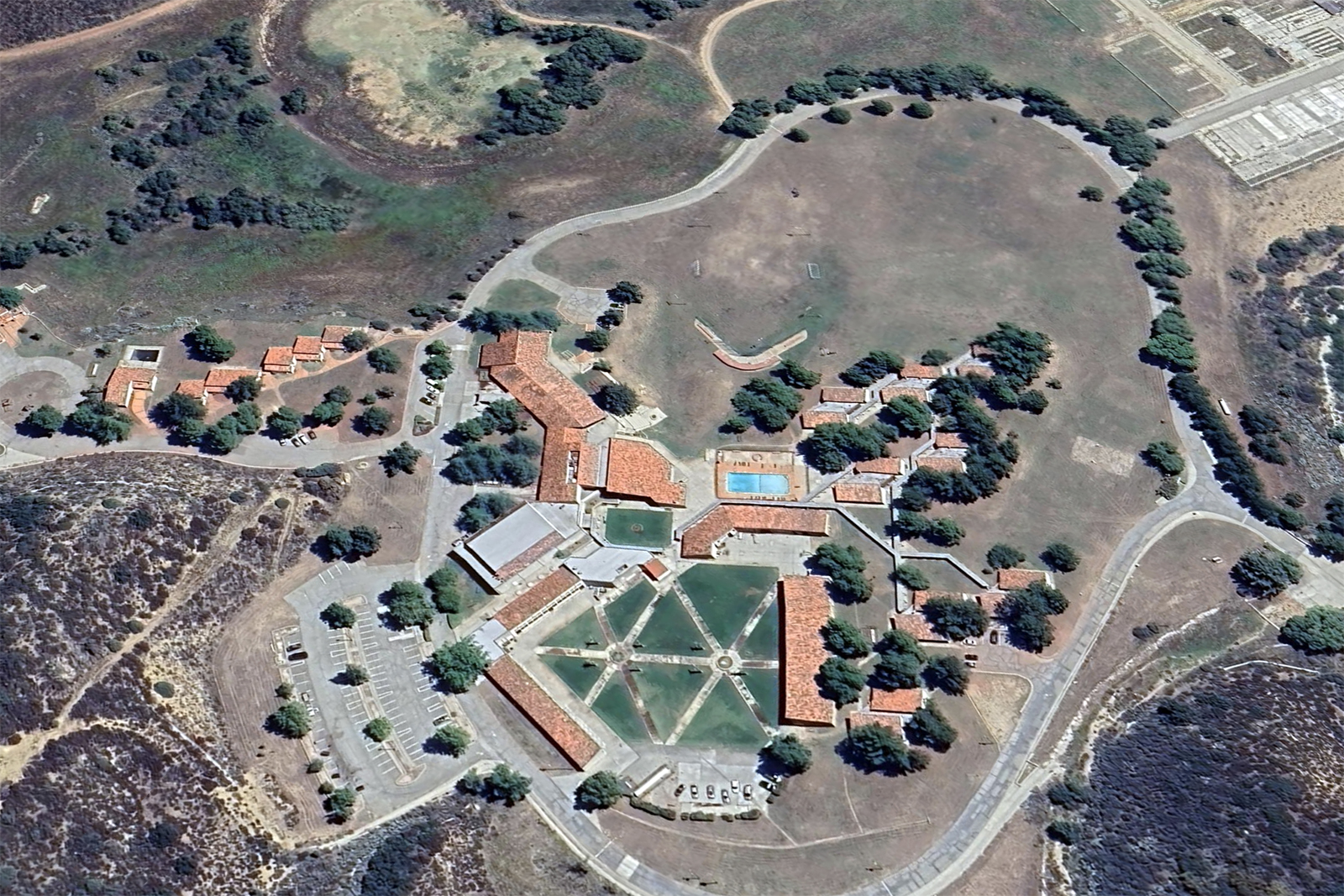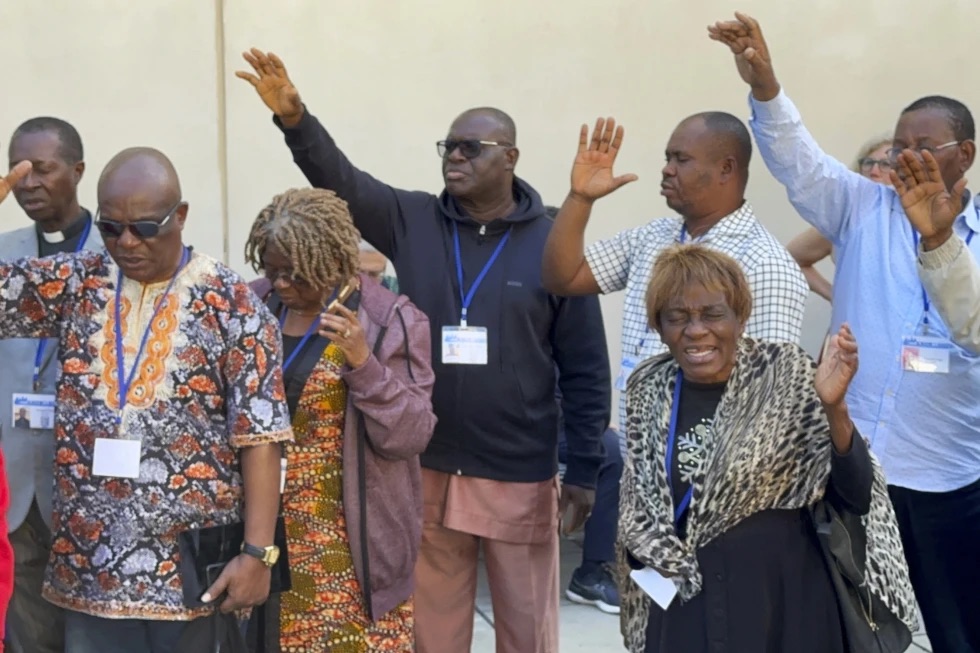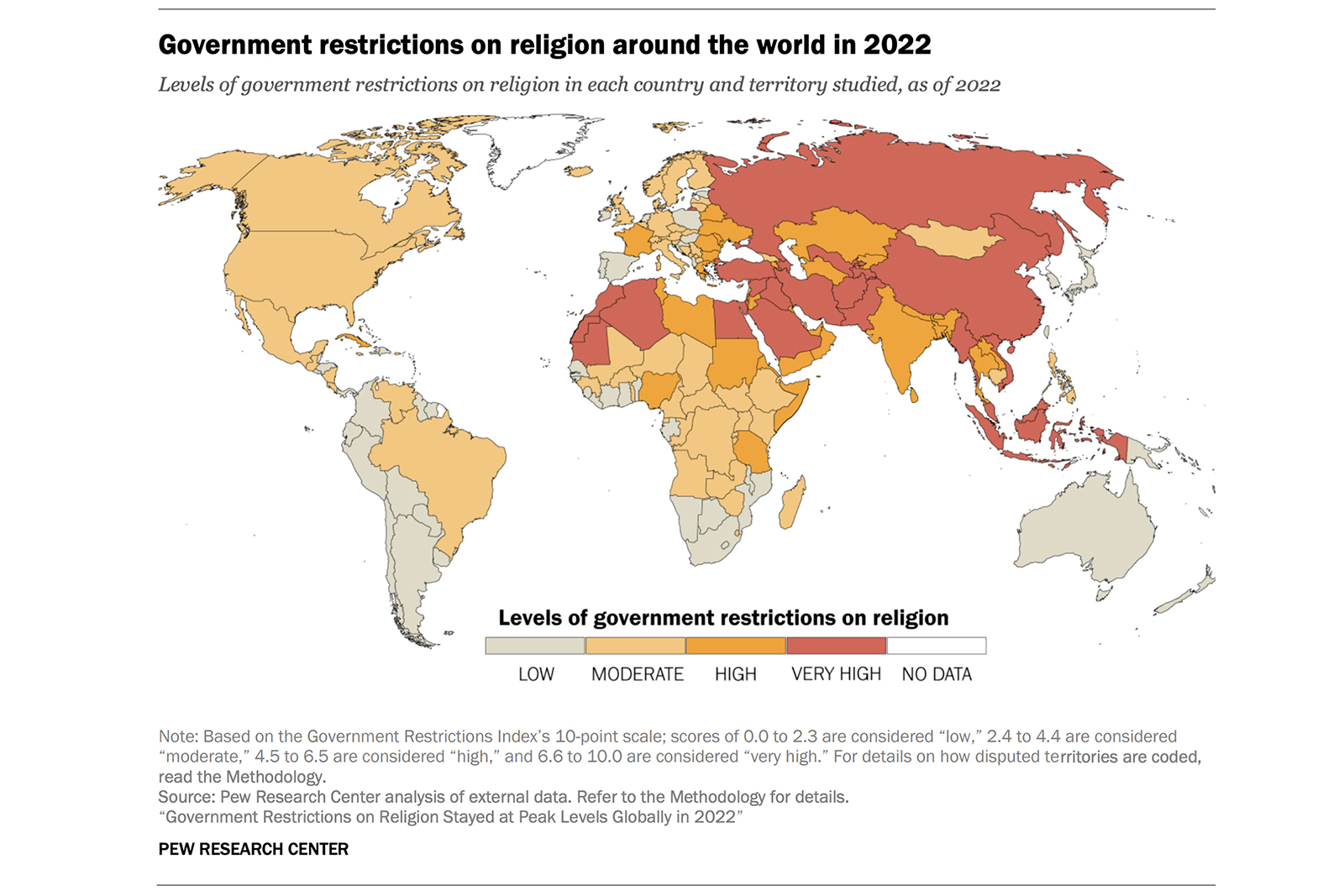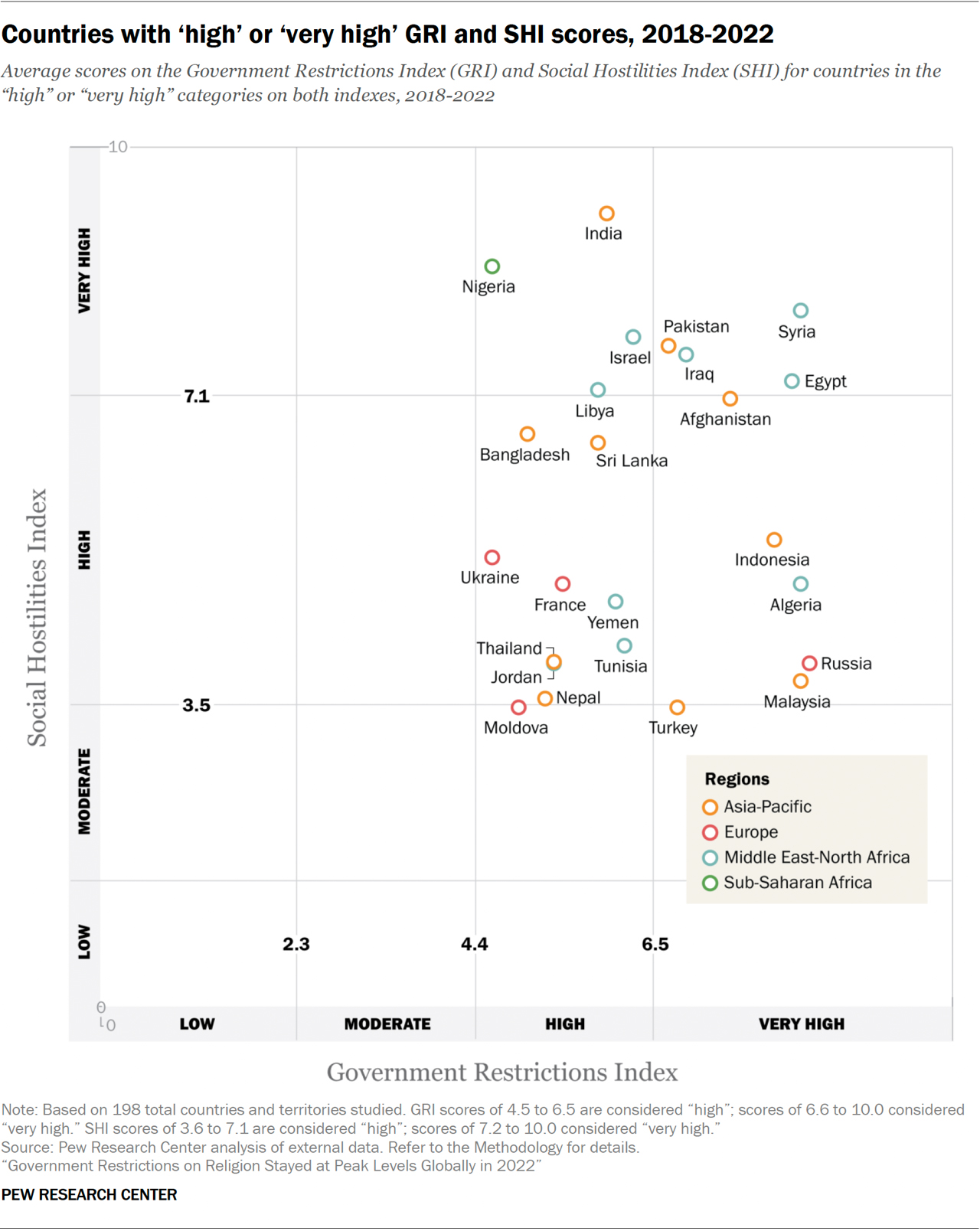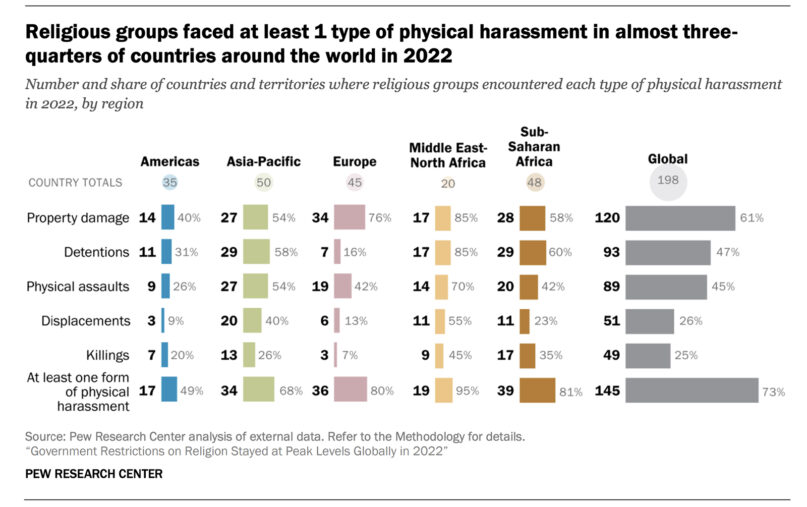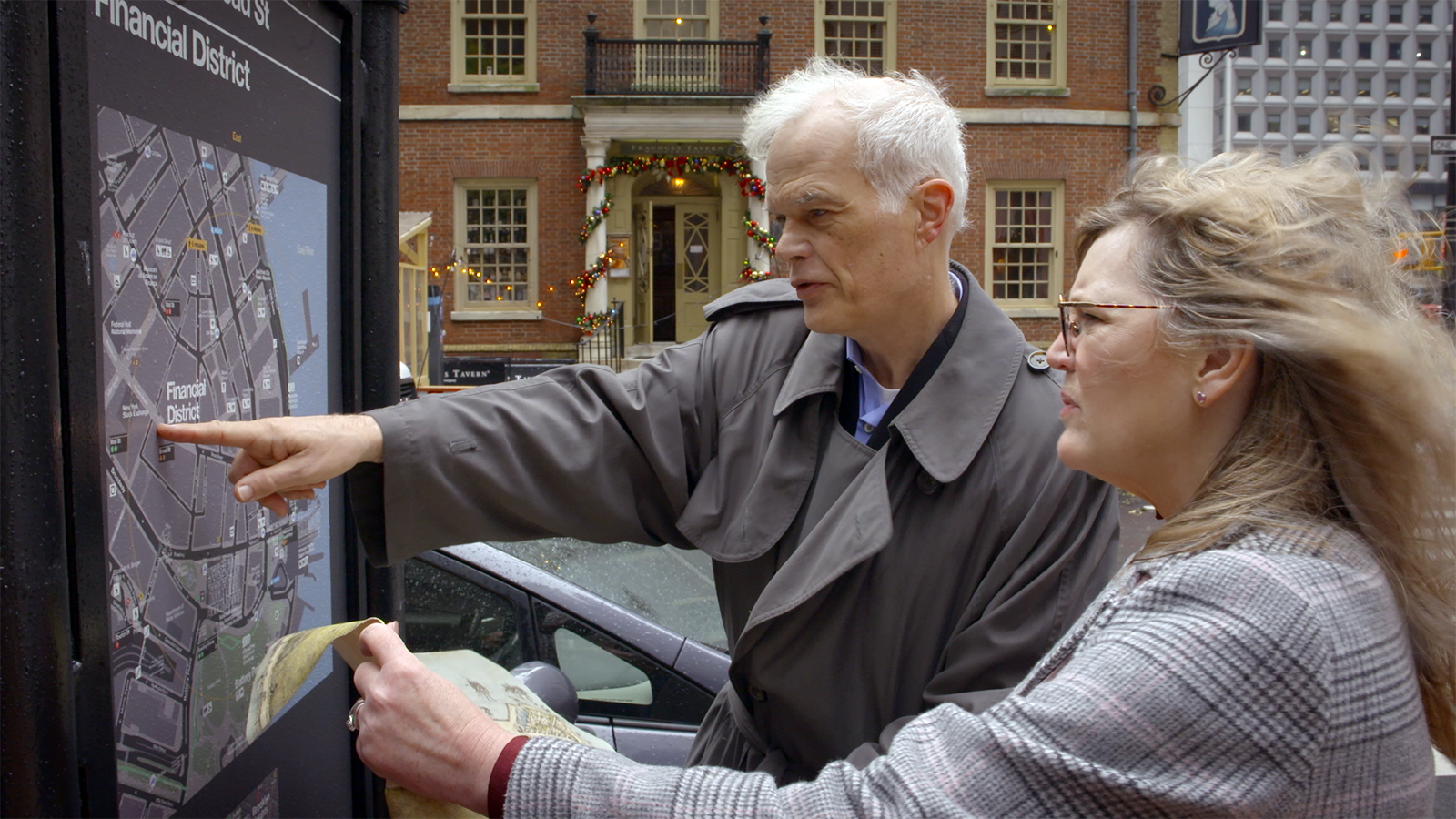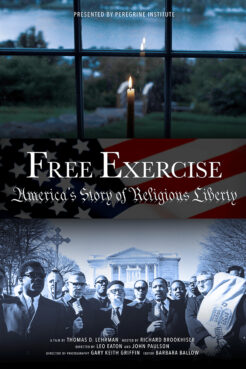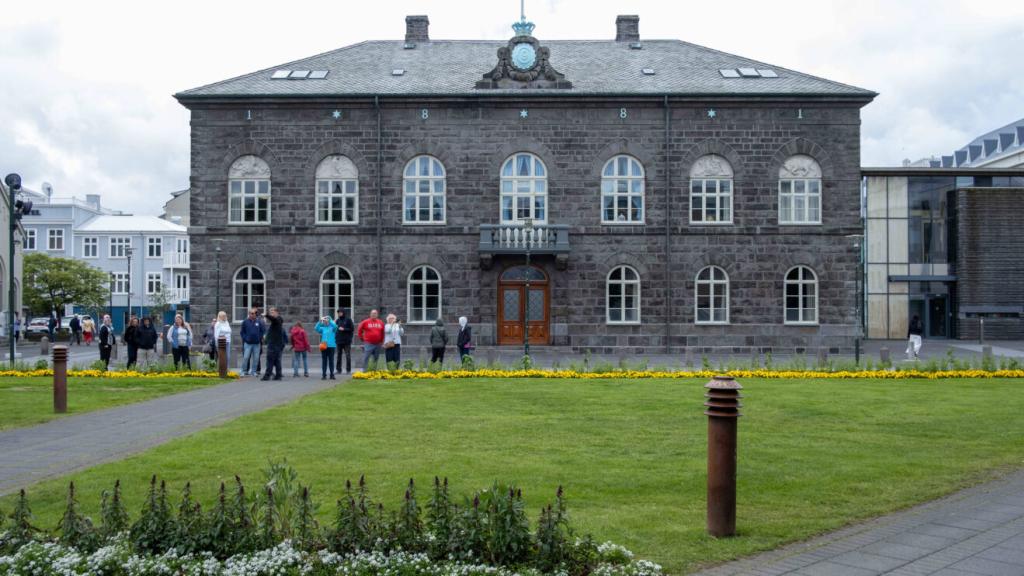First published at Rosa-Luxemburg-Stiftung.
On Saturday 30 November, Icelanders went to the polls to elect a new Althing (parliament). The second election to be held this year — following June’s presidential election — the vote came ten months earlier than expected: on Sunday 13 October, after months of significant tensions within the governing coalition, Prime Minister Bjarni Benediktsson announced his intention to dissolve the Althing and hold snap elections within weeks. The results have seen the centre-left Social Democratic Alliance returned as the largest party for the first time since 2009, but no other left-leaning parties won any seats in what is a more consolidated and right-leaning parliament.
Coalition tensions
The outgoing coalition government, made up of the Prime Minister’s centre-right Independence Party (Sjálfstæðisflokkurinn), the centrist-agrarian Progressive Party (Framsóknarflokkurinn), and the eco-socialist Left-Green Movement (Vinstri græn), had governed Iceland since 2017. Such an arrangement may have seemed unlikely to survive so long based purely on ideological grounds, but a number of factors had counted in its favour: a heavily divided parliamentary opposition, the rallying effect in public opinion created by the Covid-19 pandemic (which the government was largely seen as having dealt with well), and the personal popularity of the Left-Green Movement’s Katrín Jakobsdóttir, who served as Prime Minister from the beginning of the coalition until her departure in April 2024.
The coalition parties also had a remarkably successful election in 2021, with minor Left-Green Movement losses more than offset by wins for the Progressive Party, but signs of fatigue were nonetheless evident from the moment that the coalition reassumed its office. Internal disagreements played out in public with greater frequency, with ministers increasingly issuing negative press statements about their cabinet colleagues from other parties, and disputes between the Left-Green Movement and the Independence Party were especially prominent.
When the Left-Green Movement’s Svandís Svavarsdóttir, the then-Minister of Fisheries and Agriculture and a former Minister of Health, became embroiled in a scandal over her attempts to ban commercial whaling, colleagues from the Independence Party offered little in the way of defence against attacks from the opposition. During a later scandal around another Left-Green minister, Minister of Social Affairs and Labour Guðmundur Ingi Guðbrandsson, Independence Party MPs went so far as to brief journalists that he had acted improperly in attempting to prevent the deportation of a disabled Palestinian child by contacting the national police commissioner in a late-night phone call. Prime Minister Bjarni Benediktsson added his voice to these criticisms, but was silent when several ministers from his own party acknowledged acting in a similar manner.
Migration as a wedge issue?
While the deportations that took place during the coalition government were certainly a source of tension for the participating parties, migration also figured as an issue for opposition parties. The main competitors of the Left-Green Movement on the left, the Social Democratic Alliance (Samfylkingin), followed its Danish social-democratic sister party in adopting an increasingly harsh rhetoric on migration; meanwhile, the nativist Centre Party (Miðflokkurinn) and People’s Party (Flokkur fólksins) saw their polling numbers and airtime increase considerably as the lifetime of the government dragged on.
The growth of migration as a major political issue particularly affected the Left-Green Movement. The party found itself shedding members and supporters who were disgusted by the series of deportations, but without gaining support from migration sceptics, who were more attracted by alternatives to the party’s right. Those who remained supportive of the Left-Greens, including the party’s MPs, felt that criticisms of the party were unjust given its role as the smallest coalition party. In the latter stages of the government’s lifespan, Left-Green minister Guðmundur Ingi Guðbrandsson attempted to address these concerns by presenting a draft immigration bill that affirmed a positive view of migration while also emphasising integration measures for new arrivals; however, it came too late to either influence government policy or change voters’ minds.
A slow-motion collapse
Arguably, the fault lines in the coalition’s eventual collapse were visible from the very early days following the 2021 election. The Left-Green Movement’s grassroots membership was vocal in its opposition to the renewal of the governing partnership, particularly with the Independence Party. Some expressed this displeasure by leaving the party (often accompanied by critical public statements), while others voiced their concerns internally via a series of censor motions at party conferences. Ultimately, however, no binding motion passed until after the departure of Katrín Jakobsdóttir from the Prime Minister’s office.
The circumstances of Katrín’s departure offered a warning to all three governing parties as to what might await them at the next election. The President of Iceland, Guðni Th. Jóhannesson, made the surprise announcement in his 2024 New Year’s Day address that he would not seek a third term at the election scheduled for the summer. This immediately prompted weeks of speculation that Katrín, whose name had long been mentioned in connection with the Presidency, would resign as Prime Minister and contest the election.
Such speculation proved accurate: Katrín announced her candidacy in April 2024 and resigned as Prime Minister, being replaced by the Independence Party’s Bjarni Benediktsson. Although the popularity of the coalition government had declined steeply in the preceding months — and the standing of the Left-Green Movement in particular had cratered — Katrín’s personal popularity had historically been more resilient than her party’s and she was immediately considered the frontrunner in the presidential election. However, this resilience did not manifest in the election: while she secured just over 25 percent of the vote, she trailed the winner, Halla Tómasdóttir, by nine percent.
Iceland’s presidential election uses first-past-the-post voting, requiring that a candidate only secure a plurality of votes in order to be elected, and therefore is not a direct allegory for the proportional voting system used in the parliamentary elections. Nonetheless, the result was a major cause of concern for the governing coalition because the election had become at least a partial referendum on Katrín Jakobsdóttir’s time as Prime Minister, as well as the public standing of her government. Indeed, Halla Tómasdóttir had not been favoured in most pre-election polls until she emerged as the most plausible “Stop Katrín” candidate in the final two weeks.
Growing instability
The departure of Katrín as Prime Minister and the warning issued by the presidential election results created further instability in the governing coalition, with relations between the Independence Party and the Left-Green Movement becoming increasingly bad-tempered. The new Prime Minister Bjarni Benediktsson was also seemingly unable or uninterested to quell the conflicts.
The death knell for the government was finally sounded at the annual conference of the Left-Green Movement in October 2024. Despite efforts by many senior figures — including an unexpected appearance and impromptu speech by Katrín Jakobsdóttir, defending the party’s record in government and its achievements over the previous seven years — the party’s membership finally passed a motion demanding an end to co-operation with the Independence Party. Rather than waiting for any real-world implications of this vote, Bjarni Benediktsson chose to seize the initiative by calling a short-notice press conference and announcing that he would dissolve the government and trigger early elections. In a further sign of how far relations had deteriorated, the Left-Green Movement refused to participate with its erstwhile colleagues in the caretaker government, an unprecedented decision that attracted significant criticism from the commentariat.
Political consolidation at the polls
Like many European countries, Iceland’s electorate has exhibited a general trend towards greater political fragmentation, with the parliament being slightly more consolidated due to national electoral rules. However, this year’s election has seen an interruption to that trend, with voters now coalescing around a main party from each of the left, centre, and right.
We can view this consolidation more scientifically using two figures proposed by Laakso and Taagepera (1979): the effective number of electoral parties (ENEP), which represents how voter support coalesces around each contestant party, and the effective number of parliamentary parties (ENPP), which represents how this support translates into seats in the chamber. Both show a decline from the 2021 election: the 2024 ENEP was 6.72 (down from 7.05) and ENPP was 5.43 (down from 6.29).
Iceland’s electoral rules partly explain the gap between these two figures: parliamentarians are elected both directly in each of the constituencies and by the use of ‘balancing seats’ assigned proportionally to any party that receives over 5% of the national vote. As a result of the consolidation of votes in this election, the number of parties represented in the Althing will decline from eight to just six, with the other five failing win any form of representation.
An isolated left, a stable centre-right
The Social Democratic Alliance emerged as the main winner of the election, taking 20.8 percent of the vote (+10.9) and 15 (+9) of the 63 seats in the Althing — a plurality both inside and outside the chamber that puts them in the driving seat to form the next government. However, their options for coalition partners are constrained by the fact that they are now the only nominally left-leaning party with any representation, with the Left-Green Movement excluded from parliament after receiving only 2.3% of the vote (a dramatic drop in support of 10.3 percent). The far-left Icelandic Socialist Party (Sósíalistaflokkur Íslands) won 4 percent (almost exactly replicating its 2021 result, –0.1), but once again failed to enter parliament.
On the other hand, Prime Minister Bjarni Benediktsson will likely feel his decision to call early elections was vindicated. Although his Independence Party dropped from first to second place, taking 19.4 percent (–5.0) of the vote and 14 (–2) seats, it fared substantially better than its coalition partners and remains the largest force on the right. Its main right-wing competitor, the Centre Party, also enjoyed its greatest electoral success to date by winning 12.1 percent (+6.6) of the vote and 8 (+5) seats.
Liberal and populist gains
The Liberal Reform Party (Viðreisn) was another big winner in these elections, performing about twice as well as it did in the 2021 election with 15.8 percent (+7.5) of the vote and 11 (+6) seats. Having previously competed with the Independence Party on the centre right, the party’s drift to the centre has been rewarded and it is now the pre-eminent force in this part of the spectrum. Much of its success seems to have come at the expense of the Progressive Party, which lost more than half of its support (7.8 percent, –9.4) and seats (5, –8).
The broadly populist People’s Party also enjoyed a successful election, building on its gains in the 2021 election, the party won 13.8 percent (+4.9) of the vote and 10 (+4) seats. This puts it far ahead of the other ‘anti-system’ parties in Iceland: it will compete in the chamber with the right-populist Centre Party, but not the syncretic Pirate Party (Píratar), which was also excluded from parliament having received only 3 percent (–5.6) of the vote. The People’s Party’s size, but perhaps more importantly its ideological incoherence, also positions it as a powerful and flexible negotiator in the government formation talks to come.
Coalition negotiations
It is too early to say exactly how the next Icelandic government will look, except that it will certainly be very different to its predecessor. Negotiations are already underway, led by the Social Democratic Alliance’s Kristrún Frostadóttir, with the Liberal Reform Party’s Þorgerður Katrín Gunnarsdóttir. The groundwork for this negotiation was laid even before the election results were known, with the leaders speaking positively of one another in the final televised debate, and both Þorgerður Katrín and Inga were quick to identify Kristrún as the leading candidate for Prime Minister in the wake of the results.
Common ground will be most easily found between the Social Democratic Alliance and the Liberal Reform Party. The ideological and political gaps between the parties are typically narrow: on foreign policy, both favour continuing Iceland’s participation in NATO and creating closer ties with the European Union, while their attitudes to social policy are broadly liberal. Co-operation on these issues will take greatest priority. The greatest test of Kristrún Frostadóttir’s ability to construct the government will be to bridge the gap between the Liberal Reform Party and the People’s Party, where there is considerable distance: the People’s Party supports expanding the state while favouring native Icelanders over immigrants, contrasting strongly with the market-led economics and non-discriminatory social policies of the Liberal Reform Party. However, the difficulties are alleviated by the fact that — unlike the right-populist Centre Party — the People’s Party has broadly avoided the culture-war rhetoric seen in other countries: conservative statements on gender and sexuality have rarely if ever featured in the party’s campaigning, while its support for the rights and welfare of disabled Icelanders brings it much closer to its potential coalition partners. A further incentive for co-operation may lie in the interesting prospect of three governing parties all led by women and three opposition parties led by men, at least initially.
Opposition manoeuvres
The course of the new parliamentary opposition is likely to be defined by the competition between the Independence Party and the Centre Party. The Centre Party has long sought to outflank the Independence Party on the right with its conservative-populist rhetoric on social issues, and the Independence Party will have to decide whether to fight on this terrain or to mark themselves out as the more moderate centre-right alternative. The consequences of this decision will likely affect not just the future of the Progressive Party, which will hope to find room to grow once more without ceding too much of the centre ground, but also the conduct of the new government.
Even bigger questions will need to be asked by the parties who find themselves outside of the new parliament. The dramatic decline of the Left-Green Movement, in particular, will be difficult for the party to absorb. It has not found itself excluded from parliament since its foundation in 1999, and now attracts fewer votes than its competitors on either the left or right flank. This experience is not unusual for small progressive parties in coalition: the Icelandic experience is eerily similar to Ireland, which went to the polls just a day before the Icelandic election and also had an outgoing coalition government made up of two centre-to-centre-right parties and a green party as the smallest participant. In that instance, Ireland’s Green Party was almost entirely wiped out, and similar fates have befallen other left and progressive parties in recent elections.
Social democracy ascendant
Given that the other left-leaning and progressive parties also had a poor election, and that dissatisfied voters didn’t appear to simply stay at home (turnout between this election and the previous one was broadly stable), the most likely destination for former Left-Green voters is the Social Democratic Alliance. Rather than an ideological shift from eco-socialism to social democracy, such decisions were probably driven by pragmatism: polls had long indicated that the Social Democratic Alliance was attracting enough support to lead a new government, and the party’s long-stated refusal to co-operate with the Independence Party was undoubtedly attractive to former Left-Green supporters who had been disappointed with the parties’ continued co-operation.
Another clue may lie in the candidates put forward by the two parties: the Social Democratic Alliance had recruited Dr Alma Möller, the former National Director of Health, and Víðir Reynisson, formerly the Chief Superintendent at the National Police Commissioner’s office. Both had been highly prominent during the emergency phase of the Covid-19 pandemic — largely considered to be the coalition government’s finest achievement — and their candidacy may have signalled to more technocratically-inclined voters that the Social Democratic Alliance could offer the same governing competency associated with the Left-Green Movement during that period.
Rebuilding the left?
Away from the Left-Greens, the Icelandic Socialist Party may now have to consider if the 4 percent it has received at two consecutive elections represents a ceiling for the party in its current form, which is a significant roadblock given the 5 percent threshold for the balancing seats. The Pirate Party, also out of parliament for the first time, may find that the syncretic politics it has pursued to date can no longer be maintained during the current polarisation — and, indeed, that the techno-optimist moment associated with the birth of so-called “pirate politics” has now passed.
It has already been mooted by some commentators that the Left-Green Movement, the Icelandic Socialist Party, and the leftists within the Pirate Party should consider forming a consolidated left-wing party. Such a grouping, based on the latest election results, would clear the threshold for parliamentary balancing seats (at least) and offer the left a second voice in the Althing. Regardless, progressive and leftist voters will certainly hope that a coherent extra-parliamentary solution can be found to provide a left-wing critique of the new government’s performance on Iceland’s economic, social, and environmental challenges. The alternative is to allow critical left voices to be drowned out by the populist right.
This article uses Icelandic naming conventions. Most persons referenced do not have family names and are therefore primarily referred to by their given name. Luke Field is a postdoctoral researcher at the Faculty of Political Science, University of Iceland. He is currently conducting comparative research on parliamentary elections in Iceland, Ireland, and the United Kingdom.


